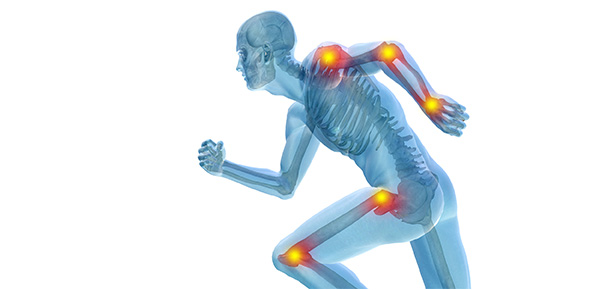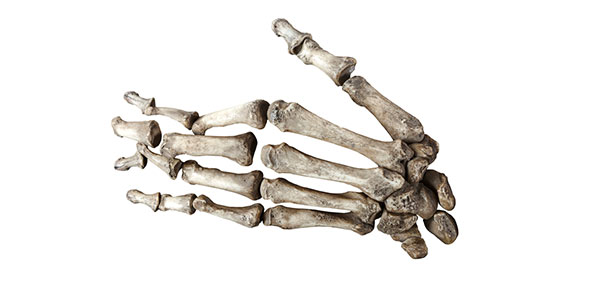Related Flashcards
Cards In This Set
| Front | Back |
|
Blood Characteristics
*pH between (1)
*Temperature of (2)
*Composes about (3) of body weight
(approximately (4))
*(5) more viscous than water
|
1) 7.35 and 7.45
2) 38 degrees C or 100.4 degrees F
3) 8%
4) 6 quarts
5) 5X
|
|
Blood Functions
*(1) nutrients, oxygen, wastes, and
hormones
*Helps maintain the stability of the (2)
*Distributes (3)
|
1) Transports
2) interstitial fluid
3) Heat
|
|
Composition of Blood
Red blood cells
About (1) of total blood volume
This percentage is called “(2)”
White blood cells and Platelets
Less than (3)
Liquid (plasma)
About (4)
(5) of water, amino acids, proteins, carbs, lipids, vitamins, hormones, electrolytes, and cellular wastes
|
1) 45%
2) hematocrit
3) 1%
4) 55%
5) Mixture
|
|
PH of blood
(1) – condition when blood pH shifts in an acid direction.
(2) – condition when blood pH shifts in a basic direction.
Both the (3) systems are called into play to get the pH back into the normal range of (4).
|
1) Acidosis
2) Alkalosis
3) respiratory and renal
4) 7.35 to 7.45
|
|
Blood Cell Types
(1) blood cells
*Erythrocytes
*Biconcave discs
*This shape helps transport (2) because it increases (3)
*Also makes cell membrane closer to (4), the oxygen-carrying molecule in the cell
|
1) Red
2) Gases
3) surface area
4) hemoglobin
|
|
Red Blood Cell Production
“Erythropoiesis”
*Initially occurs in (1)
*After birth, occurs in spaces of (2)
*Average life span is (3)
*(4) is the hormone that controls the rate of red blood cell formation through negative feedback
*(5) by kidneys and liver in response to prolonged (6)
|
1) yolk sac, liver, and spleen
2) bones
3) 120 days
4) Erythropoietin
5) Released
6) oxygen deficiency
|
|
Dietary Factors that Affect RBC Production
B-complex vitamins
Necessary for (1) synthesis
Iron
Necessary for (2) synthesis
|
1) DNA
2) hemoglobin
|
|
Anemia
Too few(1) or too little (2)
This reduces the (3) of the blood which can result in pale skin color and fatigue
Many different kinds of (4)
|
1) red blood cells
2) hemoglobin
3) oxygen-carrying capacity
4) anemia
|
|
Anemia
Iron Deficiency Anemia
Causes
Chronic (1)
Dietary (2)
Increased (3) requirement
Pregnancy, infancy, preadolescents
Symptoms
Pale(4), fatigue,(5) breath
Labs
(6) hemoglobin, hematocrit, and RBC count
(7) serum iron and increased iron binding capacity
|
1) blood loss
2) deficiency
3) iron
4) skin
5) shortness of
6) Decreased
7) Decreased
|
|
Anemia
Megaloblastic Anemias
Defined by large, abnormal appearing (1) in the (2)
Caused by (3) deficiency
Lab abnormalities
(4) red cells, white cells, and platelets
Main difference is in clinical symptoms
With B12 deficiency may have (5) due to degeneration of the spinal cord; folate deficiency does not have (6)
|
1) red blood cell precursor cells
2) bone marrow
3) B12 or folate
4) Decreased
5) neurologic symptoms
6) neurologic symptoms
|
|
Anemia
Hemolytic anemias
Result from increased (1)
Either (2) determined or acquired
Many different types
Sickle cell anemia
Caused by a (3) change in DNA that changes the(4)in the RBC
Results in hemoglobin (5) in low oxygen environments
The mutated blood cells are (6)shaped and can block (7) leading to joint pain and organ damage
|
1) red cell destruction
2) genetically
3) single base
4) amino acid sequence
5) crystallizing
6) abnormally
7) circulation
|
|
RBC Destruction
As they age, RBCs become (1)
(2) destroy damaged RBCs in the liver and spleen
(3) are released and recycled
|
1) fragile and damaged
2) Macrophages
3) Hemoglobin molecules
|
|
Destruction of RBC's
Red blood cells have an average life span of (1)
(2) in the spleen, the liver, and bone marrow phagocytize worn out RBC's to yeild the two compntents of (3), the protien portion(globin), which is (4) into amino acids and heme.
The heme is broken down into "(5)" (a (6) pigment), which is excreted, and iron: the iron is transported by plasma protien called "(7)" back to the bone marrow and reused in the producation of (8).
|
1) 120 Days
2) Macrophanges
3) hemoglobin
4) hydrolyzed
5) Bilirubin
6) Bile
7) transferrin
8) new hemoglobin
|
|
White Blood Cells
Protect against (1)
Develop in response to (2)
Interleukins
Colony-stimulating factors
|
1) disease
2) hormones
|
|
White Blood Cells
Granulocytes
(1) the size of a RBC
(2)
Fine cytoplasmic granules that appear light purple in neutral stain
Lobed nucleus with 2-5 sections
(3)
Course, uniform cytoplasmic granules that appear deep red in acid stain
Nucleus has two lobes
(4)
Similar to eosinophils but with fewer more irregularly shaped cytoplasmic granules
Deep blue in basic stain
|
1) Twice
2) Neutrophils
3) Eosinophils
4) Basophils
|







